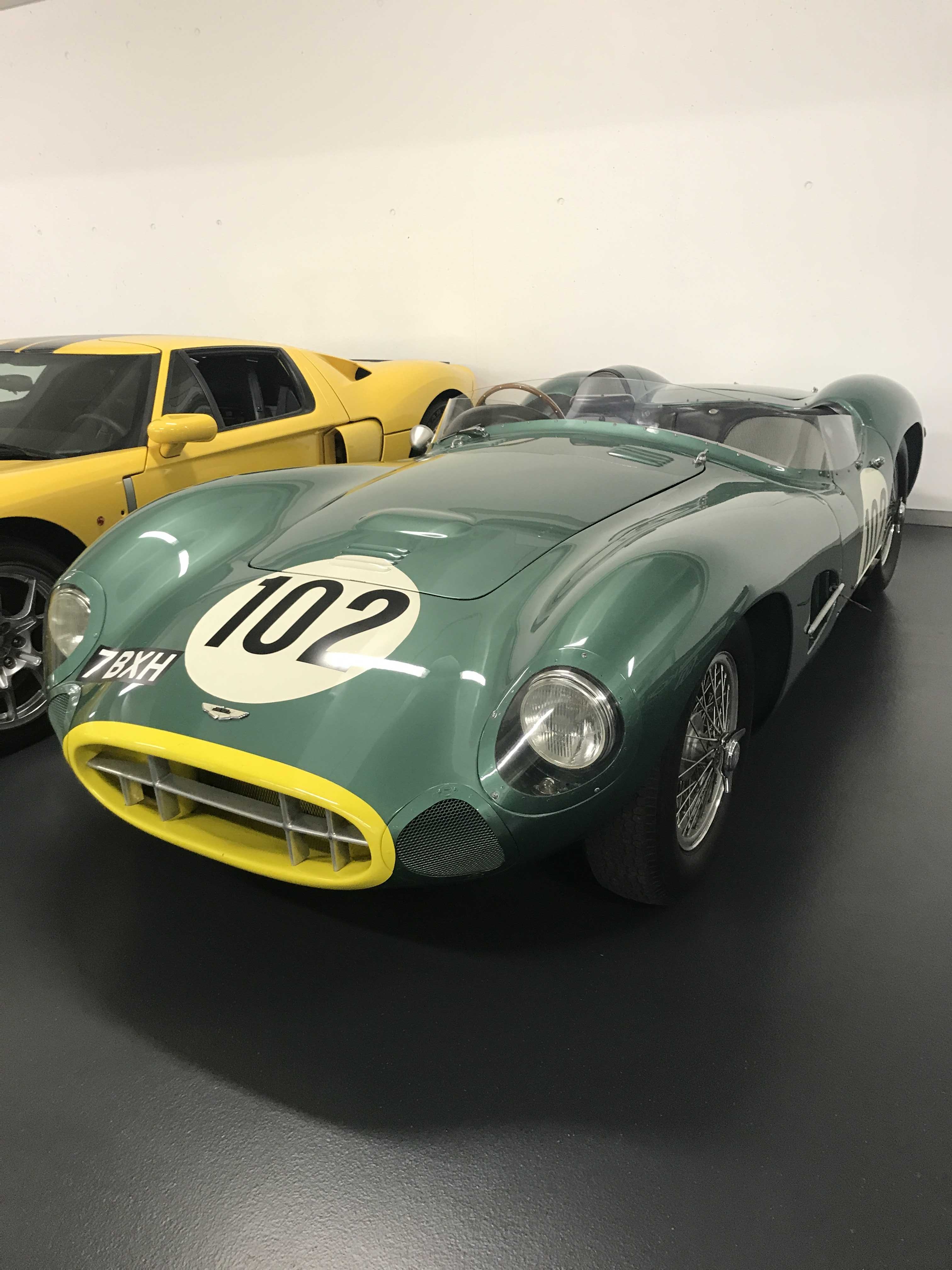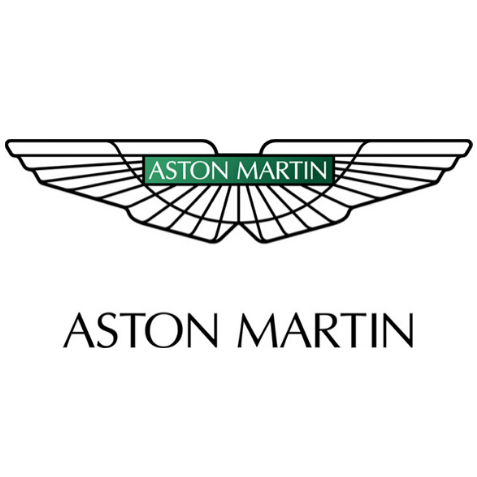1957 Aston Martin DBR1

The descriptions of the Classic Cars in the Directory were partly generated or supplemented with the help of artificial intelligence (AI). The content may occasionally not always be entirely accurate or factually correct despite careful checking.
The Aston Martin DBR1 1957 was a racing car that was designed by the British manufacturer Aston Martin for use in sports car racing events, especially the Le Mans 24 Hours. The car was a successor to the DB3S and was first introduced in 1956.
The DBR1 was powered by a six-cylinder engine that was designed from scratch by Aston Martin's chief engineer, Ted Cutting. The engine featured a DOHC (dual overhead camshaft) configuration with three Weber carburetors and produced around 250 horsepower. The car also featured a new lightweight chassis that was constructed from tubular steel and was designed to be extremely rigid, which helped to improve the handling and performance of the car.
The bodywork of the DBR1 was also designed with aerodynamics in mind. The car featured a distinctive curved windscreen that helped to streamline the front of the car and reduce drag. The car also had a long, tapered nose and a short tail section, which helped to improve the stability and handling of the car at high speeds.
Inside the car, the cockpit was designed to be as simple and lightweight as possible. The only instrumentation was a large tachometer, oil pressure gauge, and water temperature gauge, and the seats were small and narrow, with little padding.
The DBR1 was also designed to be highly customizable, with a range of different gear ratios, suspension settings, and brake options available to suit the needs of different racing teams and drivers. This allowed the car to be highly competitive in many different racing events and on a variety of different tracks.
Overall, the Aston Martin DBR1 1957 was a highly advanced and innovative racing car that set new standards for performance, handling, and customization. Its technical innovations helped to make it one of the most successful sports cars of its era, and have continued to influence the design of racing cars to this day.
Milestones
- 1956: Development of the Aston Martin DBR1 begins, aiming to compete in endurance races such as the 24 Hours of Le Mans. - 1957: The DBR1 makes its racing debut at the 12 Hours of Sebring, driven by Carroll Shelby and Roy Salvadori. - 1957: The DBR1 wins its first race at the 1000 km Nürburgring, driven by Tony Brooks and Noël Cunningham-Reid. - 1958: The DBR1 wins the first of its two consecutive victories at the 24 Hours of Le Mans, driven by Brooks and Salvadori. - 1959: The DBR1 wins its second consecutive victory at the 24 Hours of Le Mans, this time driven by Carroll Shelby and Roy Salvadori. - 1959: The DBR1 wins the World Sportscar Championship, clinching the title with a win at the RAC Tourist Trophy. - 1960: The DBR1 continues to compete in endurance races, but is eventually replaced by the newer Aston Martin DB4 GT in 1961.Technical
- Engine: 2,992 cc inline-six cylinder - Max power: 254 bhp @ 6,500 rpm - Max torque: 240 lb-ft @ 5,000 rpm - Transmission: 4-speed manual - Suspension: Front - double wishbone, rear - live axle - Brakes: Front and rear drum brakes - Wheelbase: 2,286 mm - Length: 4,191 mm - Width: 1,625 mm - Height: 991 mm - Weight: 880 kg - Top speed: 180 mph - Acceleration: 0-60 mph in 5.5 seconds - Fuel system: Dual SU carburetors - Fuel capacity: 35 gallons - Chassis: Tubular space-frame - Body: Handcrafted aluminum body - Tires: Front and rear - Dunlop racing tires.